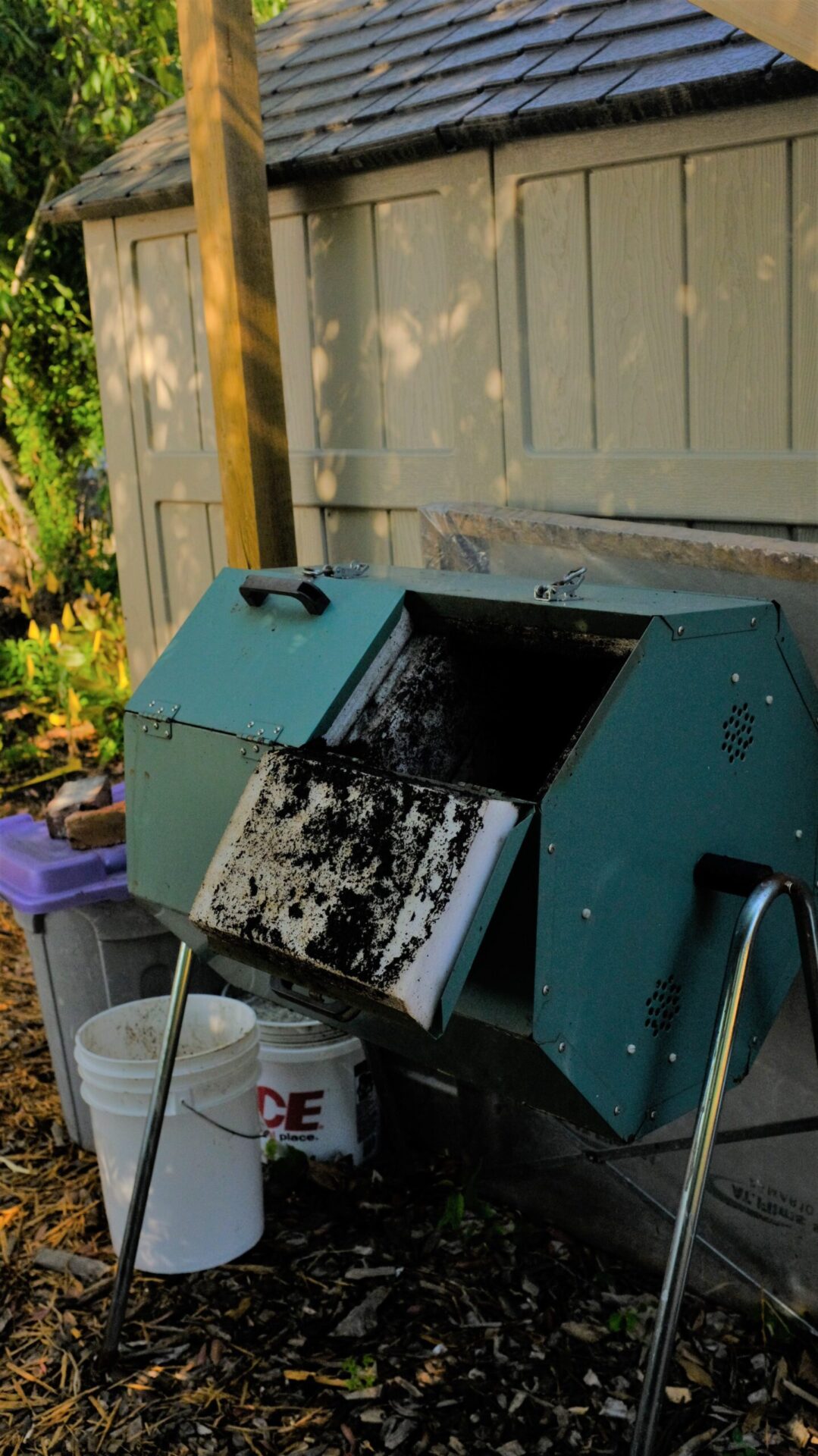
RESOURCES
Factsheets
Curious about composting or organic food growing methods? We’ve got factsheets to cover all of your bases!
-

#1 Backyard Composting
Backyard composting is a way to recycle plants, animals, and other organisms back into the soil.
-

#2 Vermicomposting
Vermicomposting, or worm composting is an easy process that requires only a few simple components: some red wriggler worms, a ventilated bin, bedding for the worms to live in, food for the worms, and some time to harvest their nutrient rich castings.
-

#3 Backyard Food Waste Digester
Food waste digesters are the easiest way to compost any type of kitchen scraps, including hard to manage kitchen waste like meat, breads, dairy and processed foods. Since these food scraps often attract rodents, the enclosed, half-buried digester acts as a deterrent, keeping rodents out of your compost and away from your home.
-

#4 Hot Composting
Hot composting is an effective way to make large quantities of compost, in as little as 3 months.
-

#5 Trench Composting
Trench composting, or trenching, is a way of composting by burying food scraps directly in the garden. This method of composting is effective for materials that attract rodents such as meat, dairy, breads and cooked foods.
-

#6 Urban Leaves
Leaves are a gardener’s greatest resource as they be used to greatly improve one’s soil.
-

#7 Mulching
Mulch promotes weed and temperature control, replenishes nutrients to plants and microorganisms, and protects soil from rain, erosion and water evaporation.
-

#8 Compost Ecology
Three levels of decomposers work in a compost pile to break down raw organic matter into the nutrient-rich, soil-like texture of finished compost.
-

#9 Tumbler Composter
Tumbler composters can be a tidier way to create compost for people concerned about rodent resistance, or for those who have difficulty aerating their compost bins.
